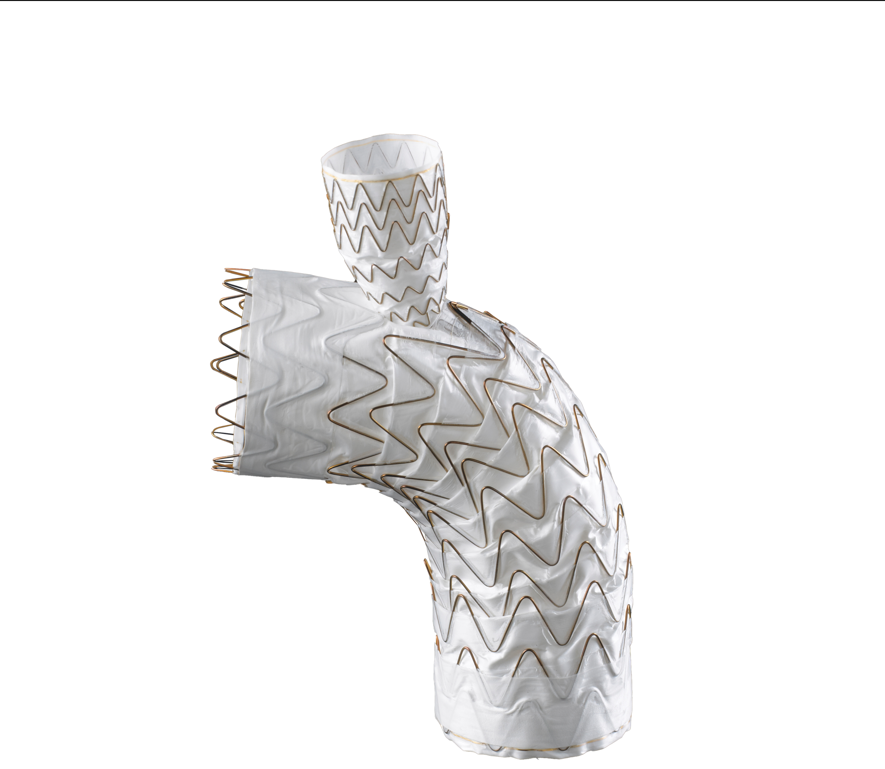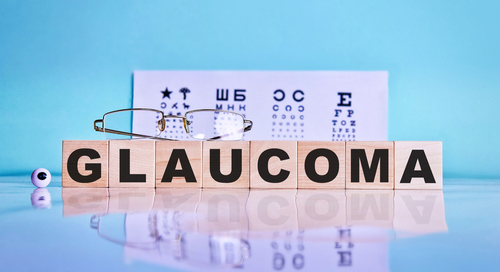
An implant that stimulates the optic nerve to allow the blind to see has recently been tested by researchers from Ecole Polytechnique Fédérale de Lausanne (EPFL) in Switzerland and Scuola Superiore Sant’Anna in Italy. This stimulation is provided by OpticSELINE, a new intraneural electrode that these scientists created to help patients see. The approach had success in a trial conducted in rabbit models of blindness, the findings of which are published in Nature Biomedical Engineering.
Several factors are known to induce blindness, such as genetic mutations, damage to the retina, stroke, diabetes, and others. With roughly 39 million patients worldwide suffering from blindness, there is a high demand for treatment options. By creating a novel implant that stimulates the nerve responsible for relaying visual input to the brain, these European researchers have potentially found a new solution for blind patients.
“We believe that intraneural stimulation can be a valuable solution for several neuroprosthetic devices for sensory and motor function restoration,” said Silvestro Micera, EPFL’s Bertarelli Foundation Chair in Translational Neuroengineering, and Professor of Bioelectronics at Scuola Superiore Sant’Anna. “The translational potentials of this approach are indeed extremely promising.” Micera also works with hand prosthetics that integrate intraneural electrodes for amputees as well.
Where Current Devices Fall Short
One shortcoming of current retinal implants it that not all patients are eligible to receive them. About half a million people globally suffer from blindness due to the genetic disorder Retinitis pigmentosa, but only a few hundred are eligible to receive implants. By stimulating the optic nerve, one of the twelve nerves that stem directly from the brain, this intraneural implant has fewer exclusion criteria than the retinal implant.
Prior attempts at optic nerve stimulation conducted over twenty years ago were largely unsuccessful. “Back then, they used cuff nerve electrodes,” explained Diego Ghezzi, EPFL’s Medtronic Chair in Neuroengineering. “The problem is that these electrodes are rigid and they move around, so the electrical stimulation of the nerve fibers becomes unstable. The patients had a difficult time interpreting the stimulation because they kept on seeing something different. Moreover, they probably have limited selectivity because they recruited superficial fibers.”
Compared to these problematic electrodes used in the ’90s, the intraneural electrodes used by Ghezzi and colleagues are less likely to move around once implanted in the patient. The difference between the two is that the cuff electrode is placed around the nerve, while the intraneural electrode penetrates into the actual nerve.
Testing the Nerve Stimulating Implant
The collaborative between Ghezzi and Micera led to the creation of OpticSELINE, which is an array of 12 electrodes. The researchers tested OpticSELINE by administering electrical stimulation to the optical nerves of anesthetized rabbits and measuring the brain’s visual cortex response. Using an algorithm to interpret these brain signals, the researchers found that each stimulating electrode introduced a specific pattern of cortical activation. These findings suggest that this intraneural stimulation of the optic nerve is selective and informative in activating the visual cortex.
Although stimulation of the visual vortex theoretically induces visual perception, this preliminary study does not identify the actual perception of this induced the optic nerve stimulation.
“For now, we know that intraneural stimulation has the potential to provide informative visual patterns,” explained Ghezzi. “It will take feedback from patients in future clinical trials in order to fine-tune those patterns. From a purely technological perspective, we could do clinical trials tomorrow.”
A model of OpticSELINE in the human could potentially consist of 48-60 electrodes. Though this electrode array would not fully restore the patient’s sight, these visual signals could be leveraged as a visual aid for those living with blindness.
A new technique is being pioneered involving an implant which stimulates the optic nerve, giving the potential for some with sight loss to regain some useful vision https://t.co/Bk3wmfPgDt #SightLoss #Blind #DisabilityAwareness #AssistiveTechnology
— Hands Free Computing (@Hands_Free_UK) August 21, 2019







 © 2025 Mashup Media, LLC, a Formedics Property. All Rights Reserved.
© 2025 Mashup Media, LLC, a Formedics Property. All Rights Reserved.